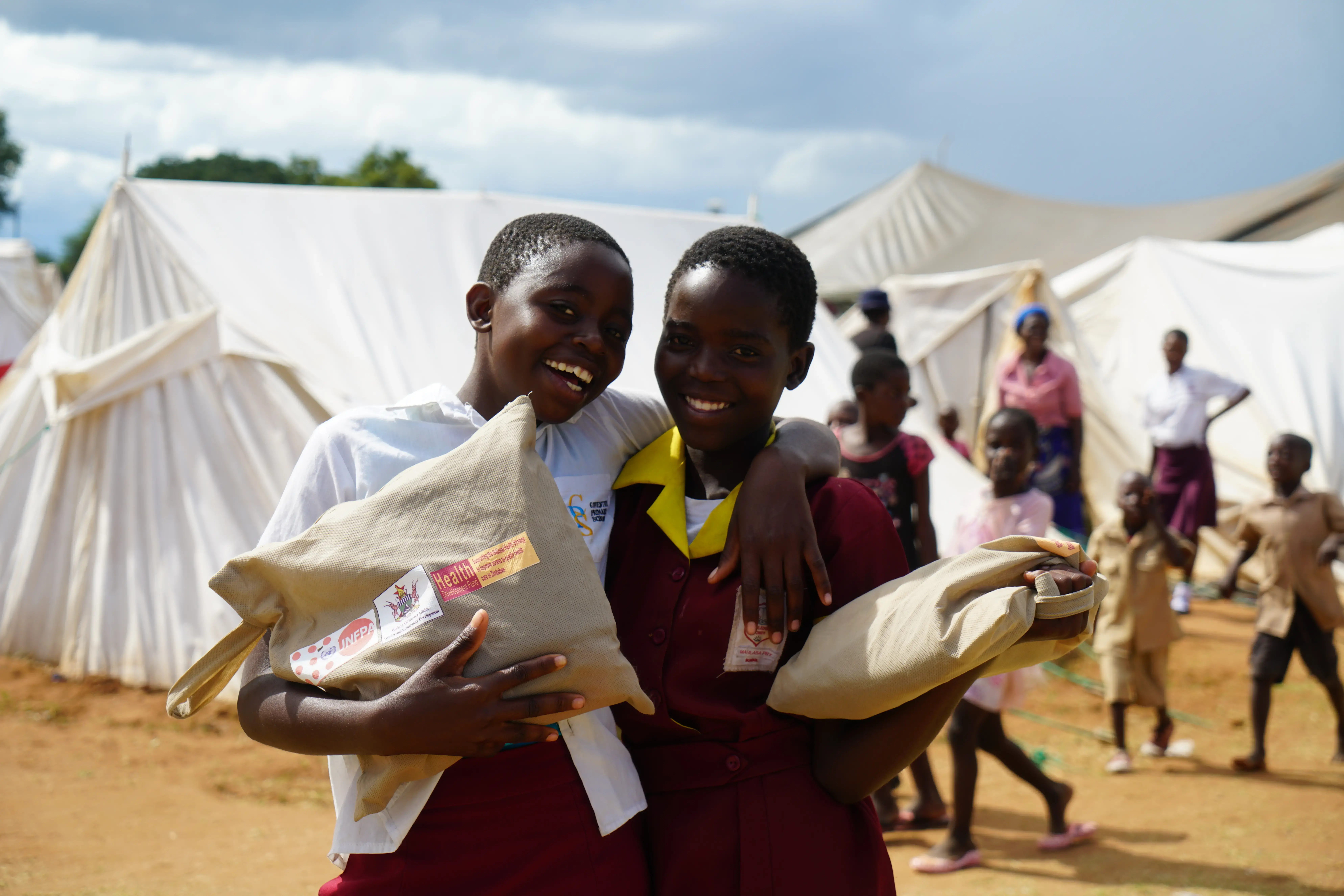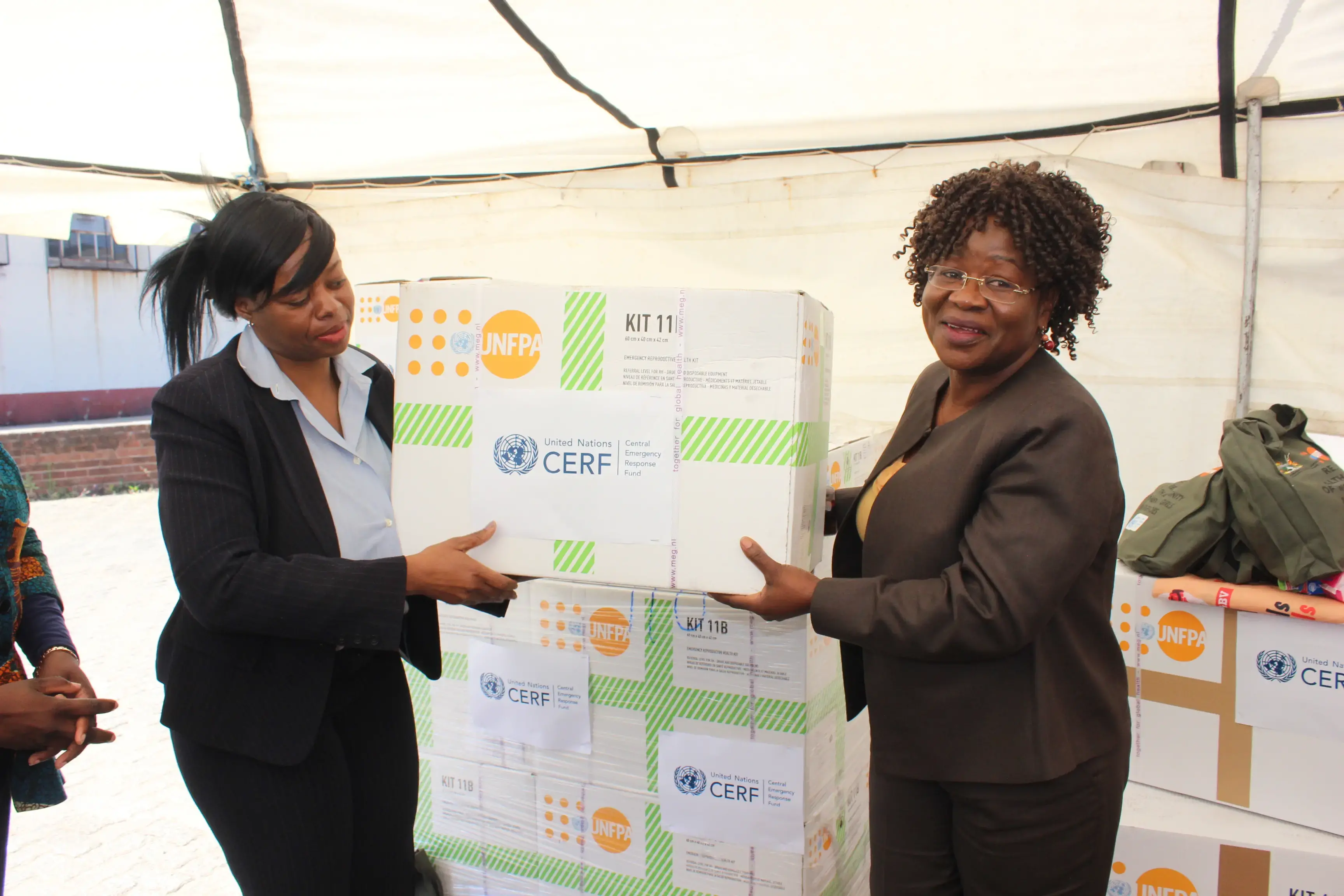TONGOGARA Refugee Camp clinic in Chipinge, Manicaland last week received medical equipment for its maternal ward, a move that is set to improve services at the camp’s maternal ward.
The medical equipment which was donated by the United Nations Population Fund (UNFPA) through the United Nations High Commissioner for Refugees (UNHCR), a UN agency that provides free primary medical health services to the more than 8 000 refugees and asylum seekers living at the camp and nationals living around the camp.
Speaking at the handover ceremony of the equipment last week, deputy director of reproductive health in the Ministry of Health and Child Care (MoHCC), Margaret Nyandoro said the donation was timely as it will see an improvement of services for pregnant mothers living in and around the camp.
“As we are receiving medical equipment for the maternity women I would like to remind you all of the results we have seen through collaborative work such as this. For instance, the 2015 Zimbabwe Demographic Health Survey show that the maternal mortality rate, while still far from the 2020 target established by the MoHCC, is on a downward trend: from 651 to 614 women out of 100 000,” she said.
“In 2015 a total of 197 births were recorded at the camp with 175 being normal deliveries while 22 were through caesarean section.”
Nyandoro acknowledged the support from the UN agencies which she said had resulted in the improvement of services at the clinic especially the maternity wing.
The equipment worth US $15 000, included hospital beds, cabinets, a resuscitation table and resuscitator, examination lights and bed screens.
Speaking at the same function, UNFPA representative Cheikh Tidiane Cisse said reproductive health complications were a leading cause of death and illness among women of childbearing age hence the need to support the maternity wing at the camp.
“In humanitarian situations, an estimated one in five women and adolescent girls are likely to be pregnant. As skilled birth attendance and emergency obstetric care often become unavailable, pregnant women’s and girl’s vulnerability to death and injury is further exacerbated.
“Women and adolescent girls also face much greater risk of abuse, sexual exploitation, and violence and forced marriage during displacements due to conflicts and natural disasters.
“In addition, many women who survive such crisis become heads of households therefore taking on, the sole responsibility of caring for children in their family. They often have little or no means to ensure access to health services and care for children, the sick, the injured and the elderly under their care. As a result, they are likely to neglect their own needs as they care for others,”Cisse said.
According to a United Nations recent report, globally the number of forcibly displaced people has risen to a record number-almost 60 million at the end of 2014.
Tongogara camp houses more than 8 000 asylum seekers and refugees in Zimbabwe.
By Mirirai Nsingo




